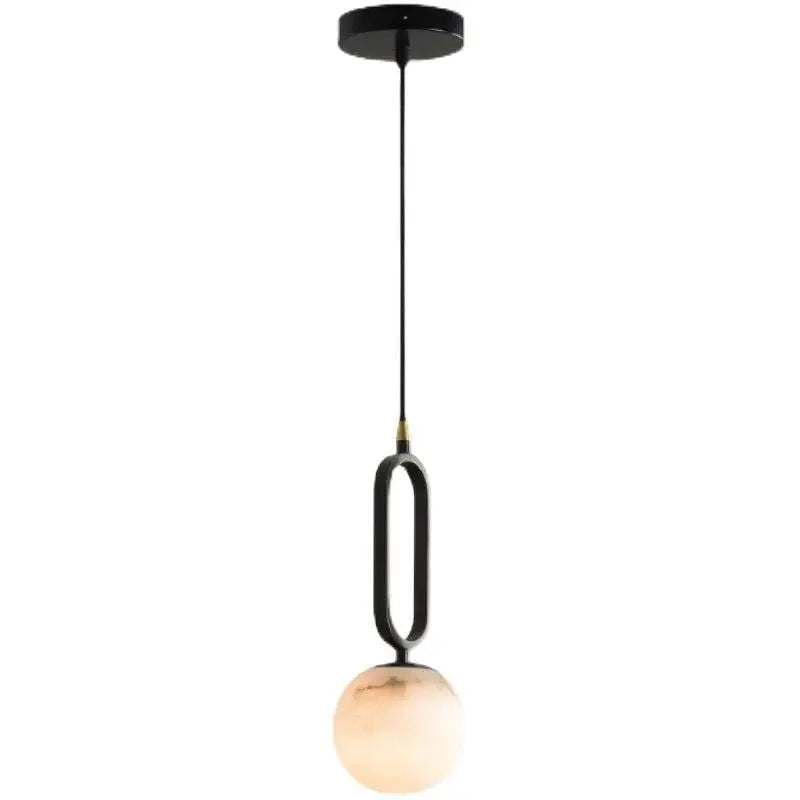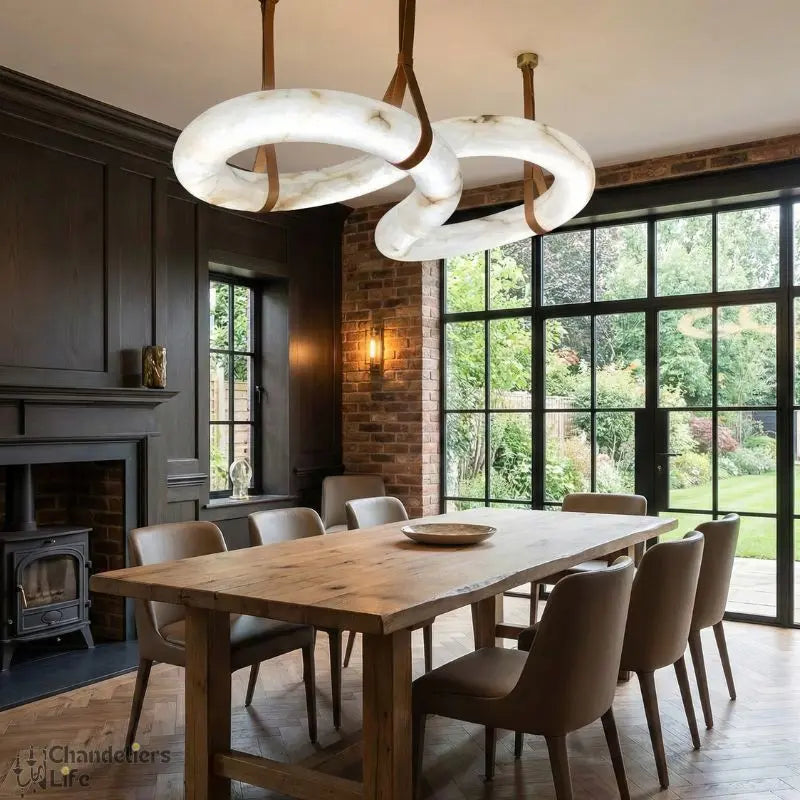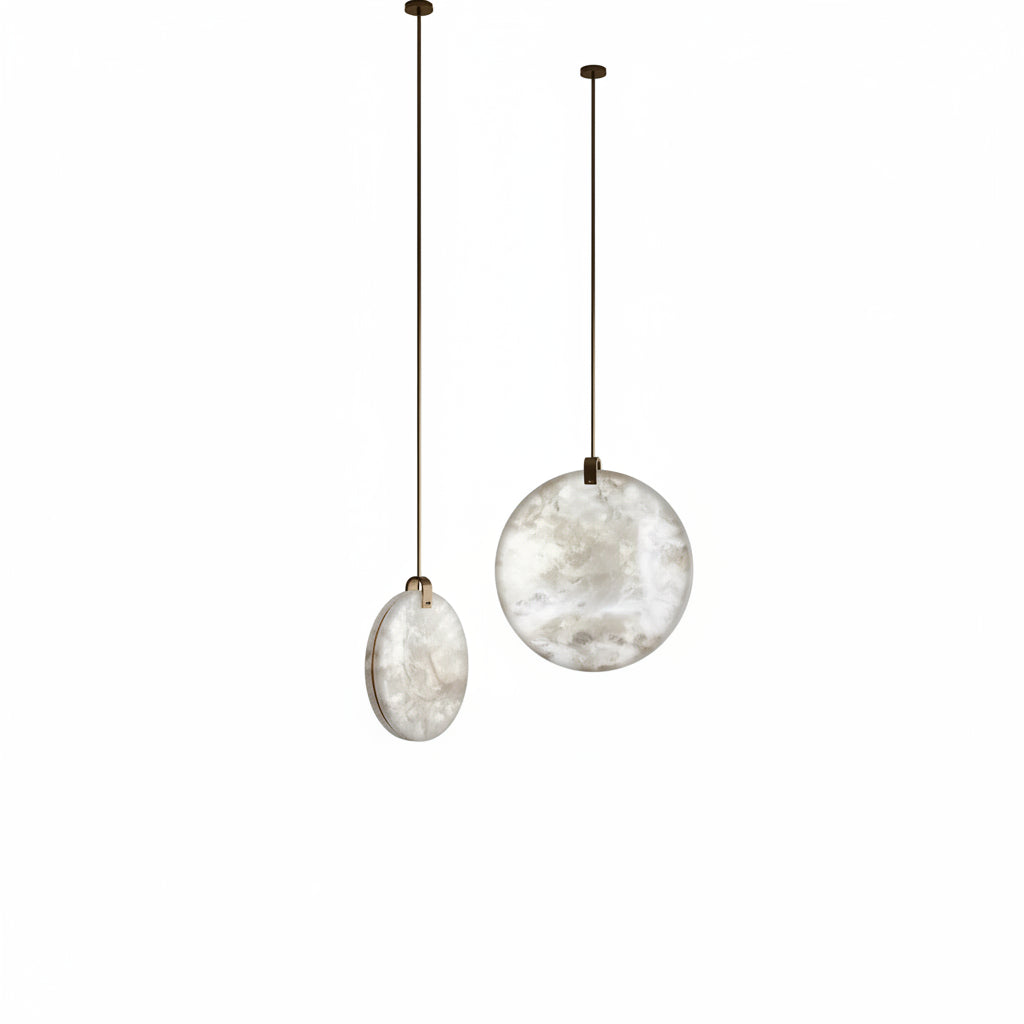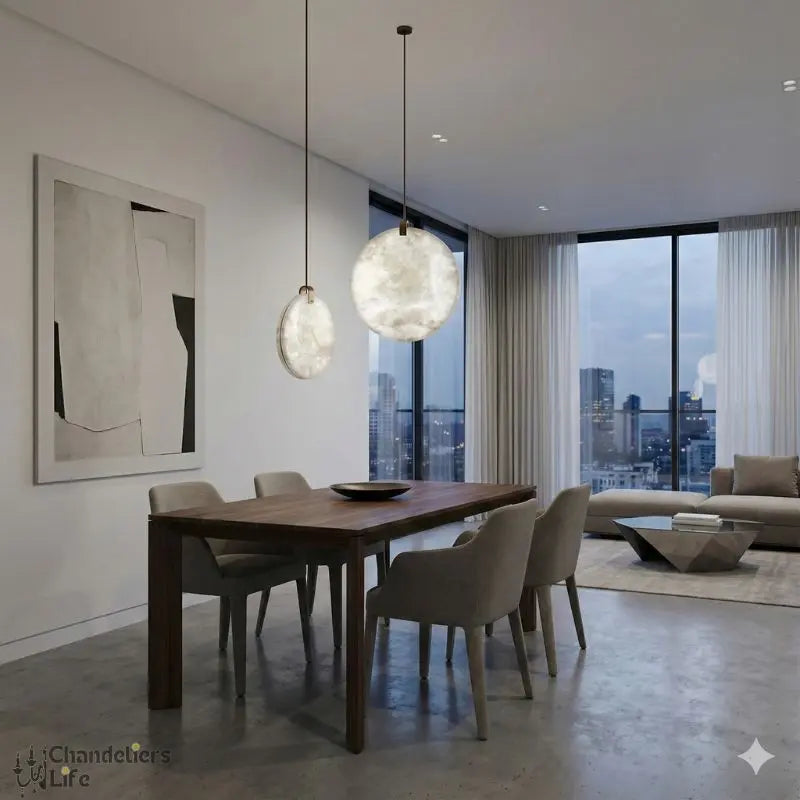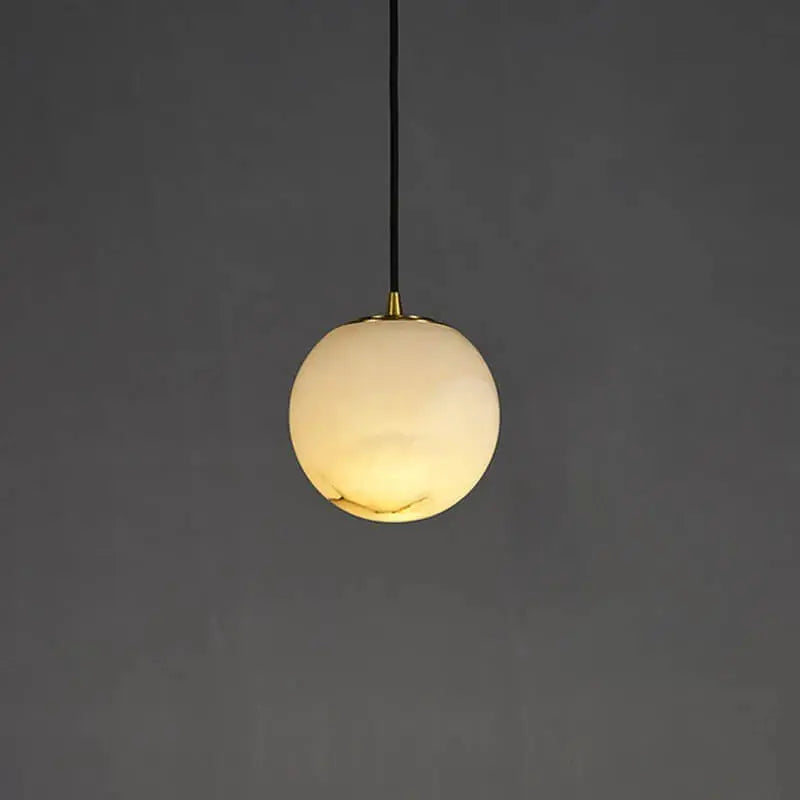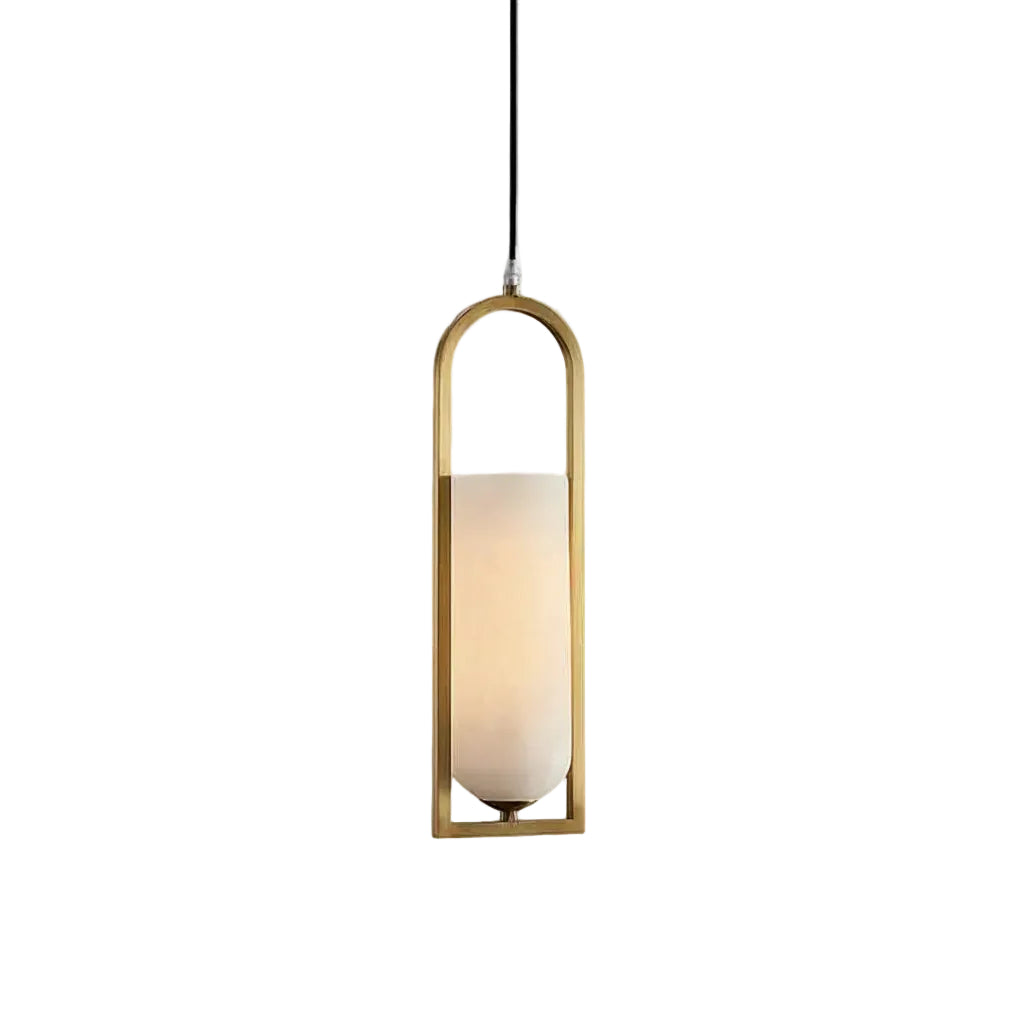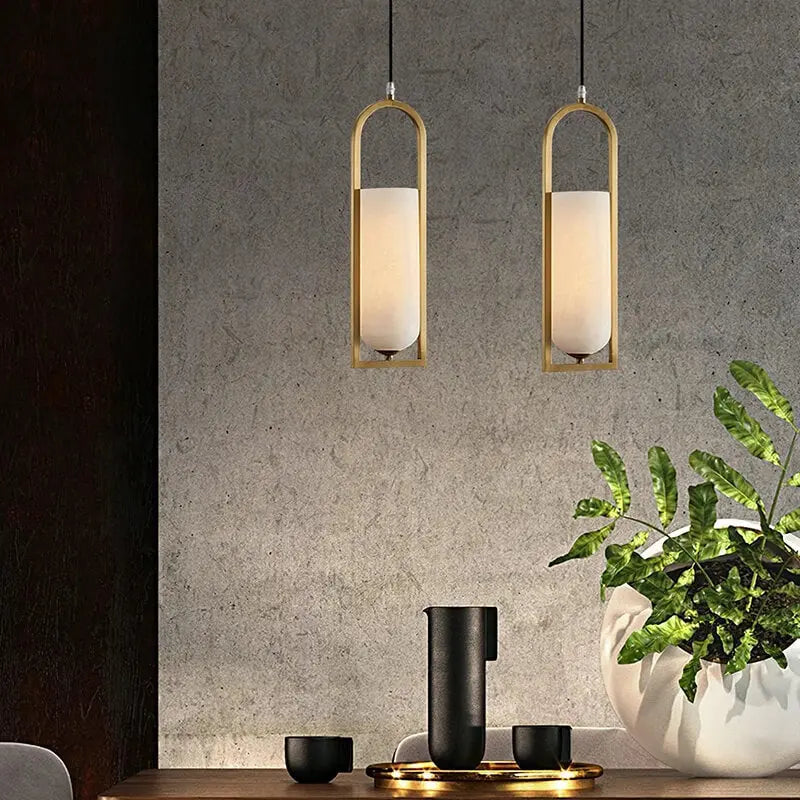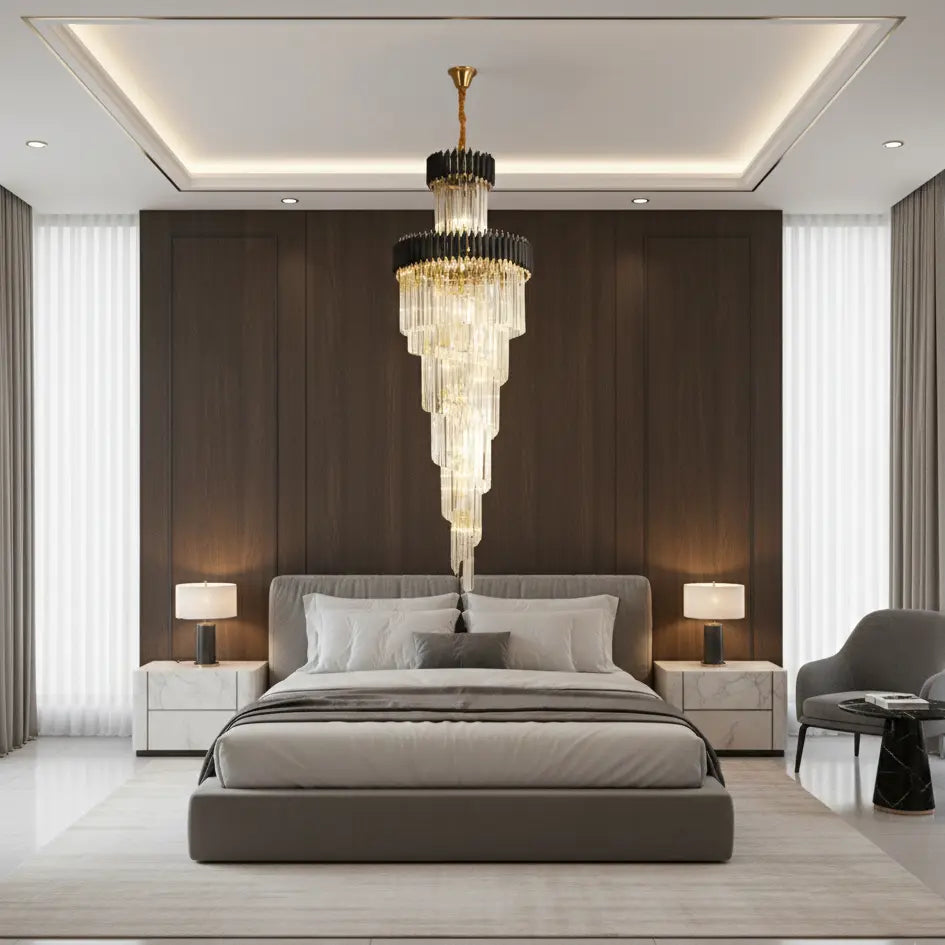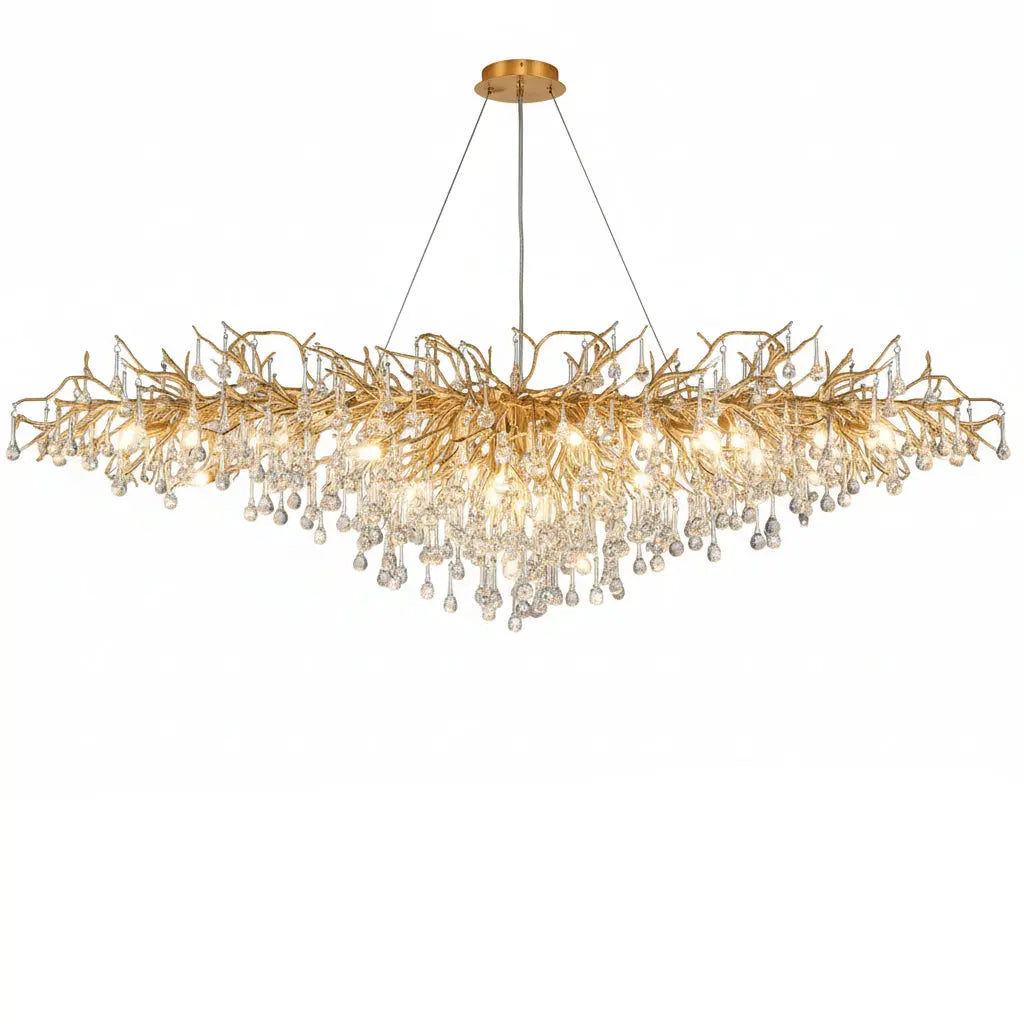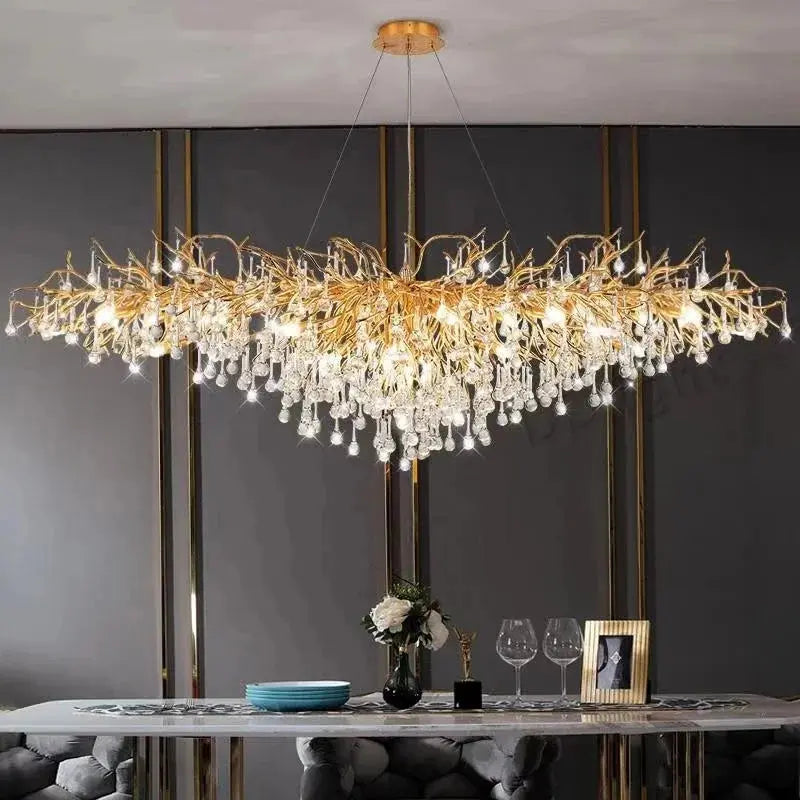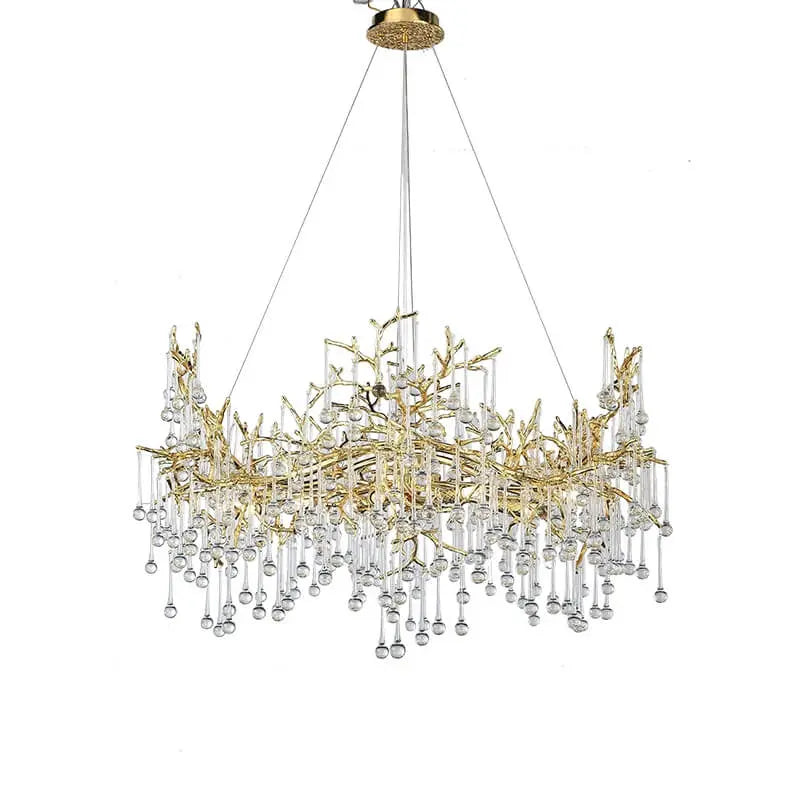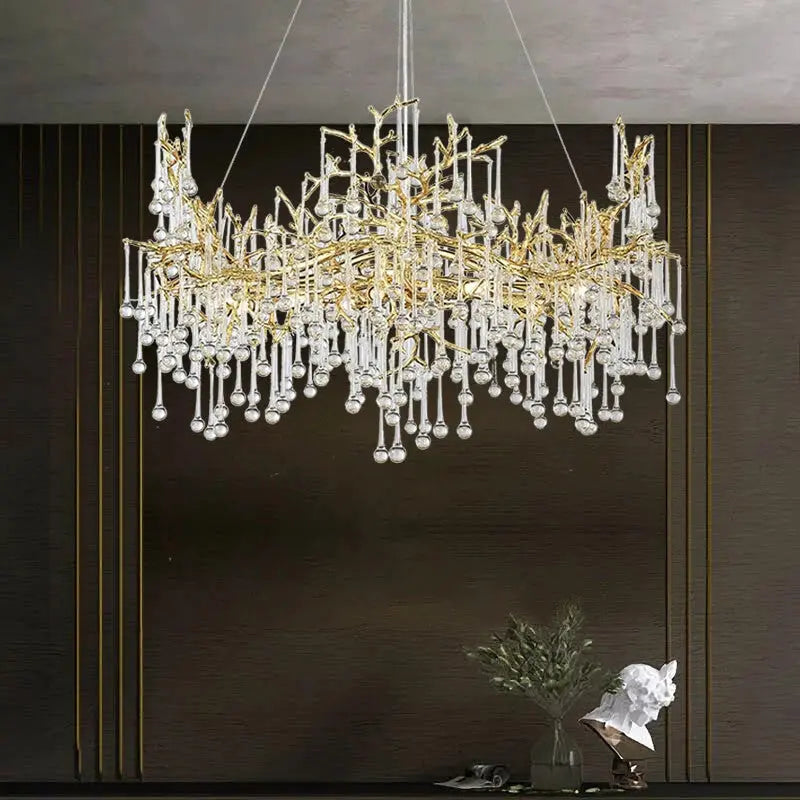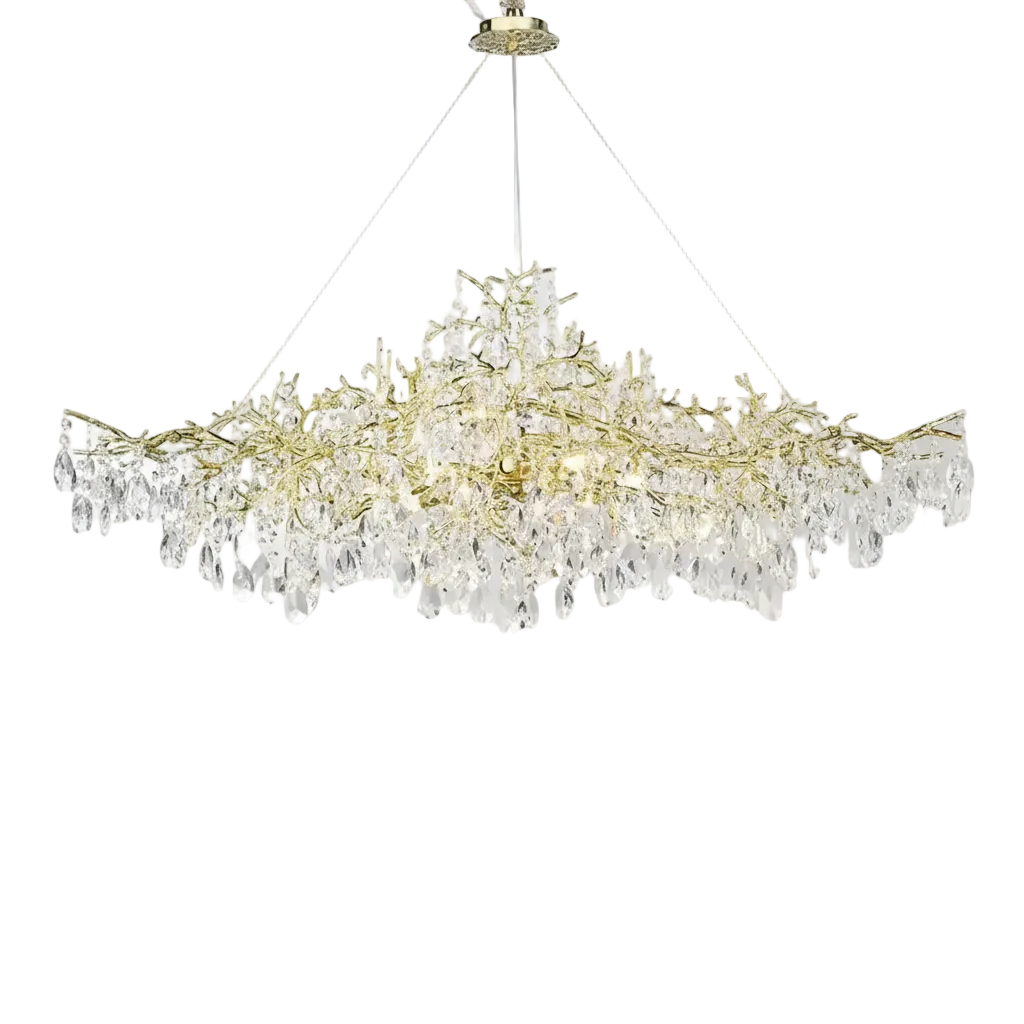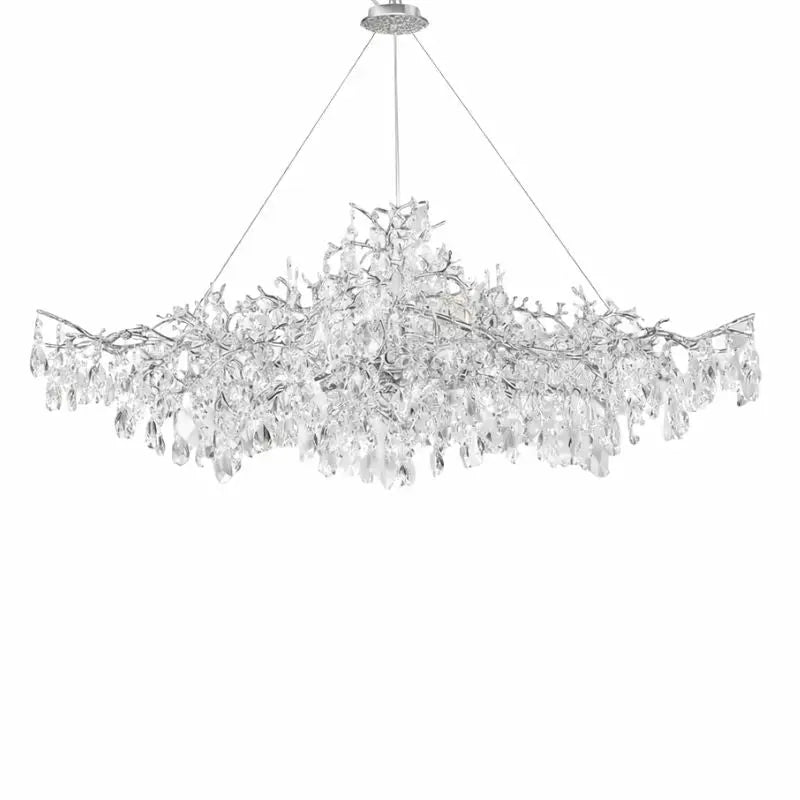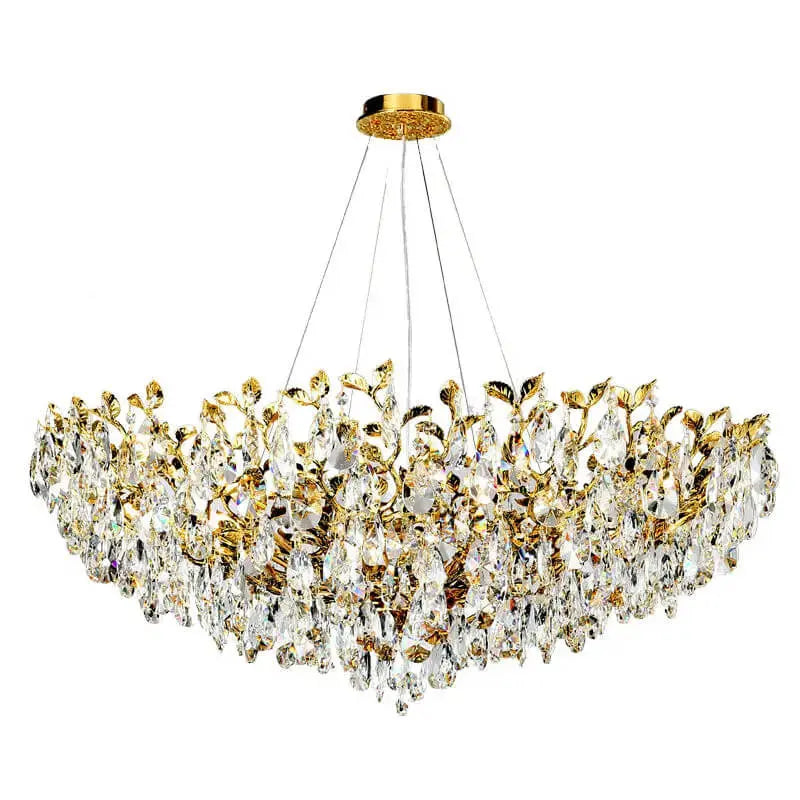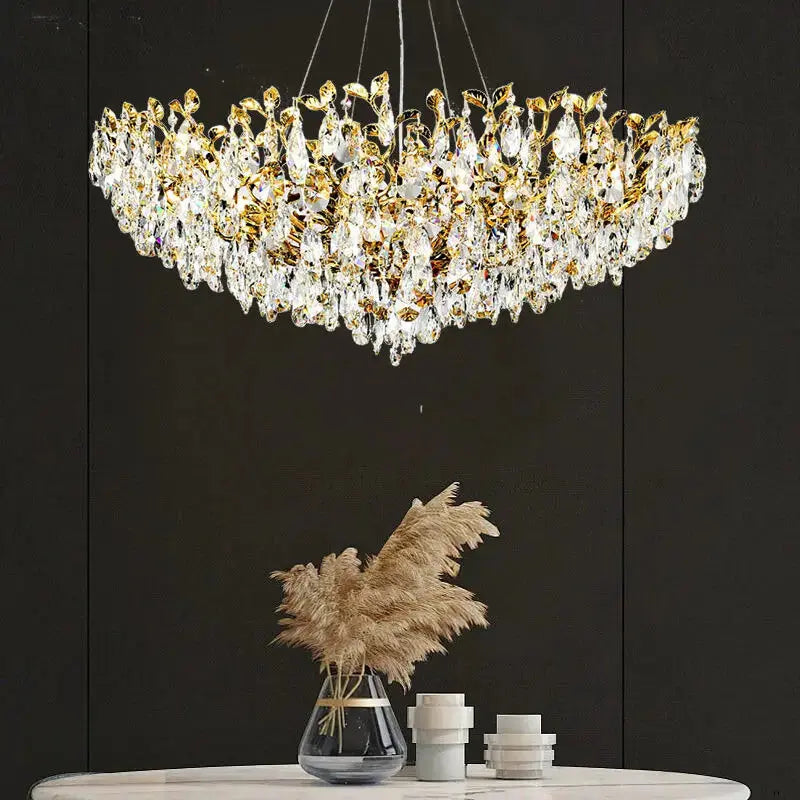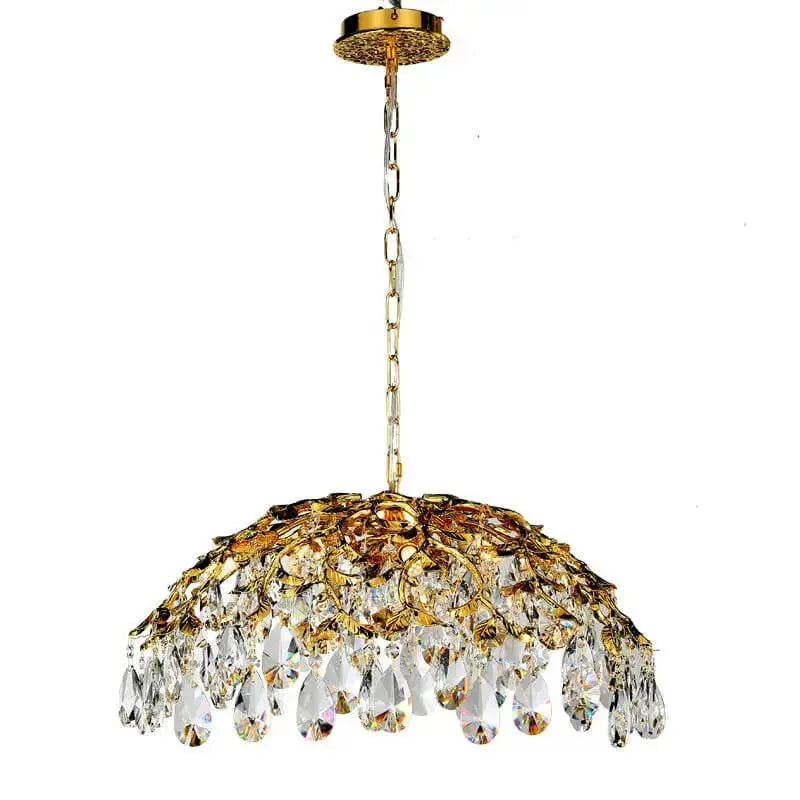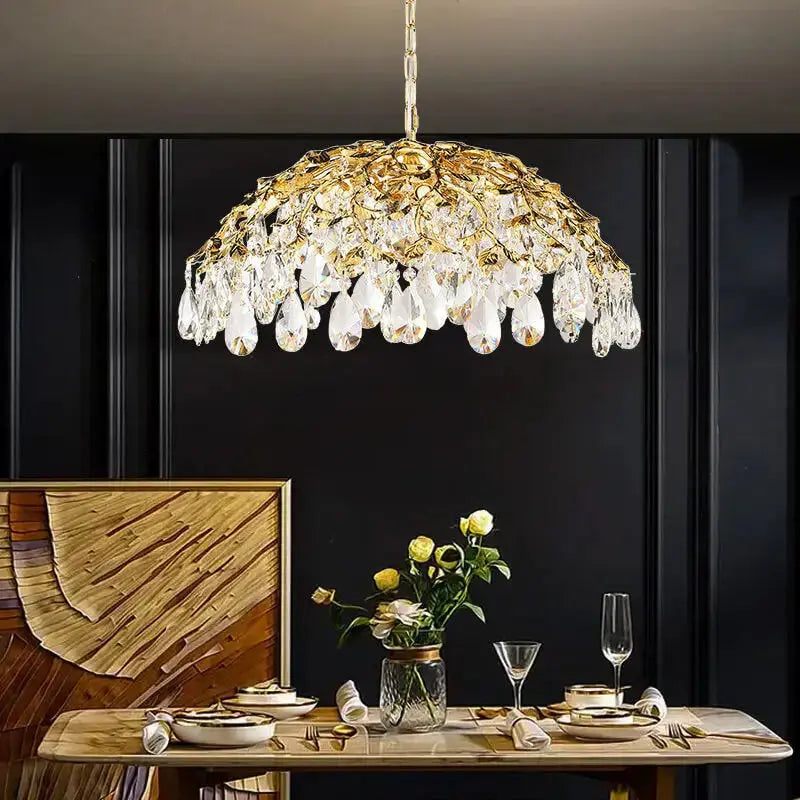Choosing the right light bulb fixture for your home can be tricky. There are many types of fixtures, and each has its own pros and cons. Plus, you need to think about how the light will look and how much energy it will use. This guide will help you make the best choice for every room in your house.
Key Takeaways
- Understand the different types of light bulb fixtures, such as ceiling, wall-mounted, portable, and recessed fixtures.
- Consider key factors like room functionality, fixture style, energy efficiency, and bulb compatibility when choosing a fixture.
- Match the light bulb fixture with the room's ambiance to create the desired atmosphere in living rooms, kitchens, bedrooms, and bathrooms.
- Learn about technical specifications like wattage, lumens, color temperature, CRI, and dimmability to make an informed decision.
- Pay special attention to outdoor fixtures by considering weather resistance, security lighting, landscape lighting, and energy-saving options.
Understanding Different Types of Light Bulb Fixtures
Choosing the right light bulb fixture can transform your home. Different fixtures serve different purposes and can greatly affect the ambiance and functionality of a room. Let's explore the main types of light bulb fixtures you might consider for your home.
Ceiling Fixtures
Ceiling fixtures are mounted directly to the ceiling and are a common choice for general lighting. They come in various styles, including flush mounts, semi-flush mounts, and chandeliers. Flush mounts are ideal for rooms with low ceilings, while semi-flush mounts hang slightly lower, offering a bit more style. Chandeliers, such as crystal chandeliers, add a touch of elegance and are perfect for dining rooms or foyers.
Wall-Mounted Fixtures
Wall-mounted fixtures are attached to the wall and can provide both task and ambient lighting. Sconces are a popular type of wall-mounted fixture and can be used in hallways, bathrooms, or as accent lighting in living rooms. They are versatile and can be placed at different heights to create various lighting effects.
Portable Fixtures
Portable fixtures include table lamps, floor lamps, and desk lamps. These fixtures are not permanently installed and can be moved around as needed. They are perfect for adding extra light to a room or for use in areas where permanent fixtures are not practical. Portable fixtures are also great for creating cozy reading nooks or highlighting specific areas of a room.
Recessed Fixtures
Recessed fixtures, also known as can lights or downlights, are installed into the ceiling, providing a sleek and modern look. They are ideal for rooms with low ceilings or for creating a clean, uncluttered appearance. Recessed fixtures are often used in kitchens, bathrooms, and living rooms to provide focused lighting without taking up visual space.
When choosing light bulb fixtures, consider the room's purpose and the type of lighting you need. The right fixture can enhance both the functionality and aesthetic of your space.
Key Factors to Consider When Choosing a Light Bulb Fixture
When selecting the perfect light bulb fixture for your home, there are several key factors to keep in mind. These factors will help ensure that your lighting is both functional and aesthetically pleasing.
Room Functionality
The purpose of the room plays a significant role in choosing the right fixture. For example, a kitchen requires bright, focused lighting for tasks, while a living room might benefit from softer, ambient lighting. Consider how the room will be used to determine the type of fixture that will best meet your needs.
Fixture Style and Design
Your light fixture should complement the overall design of your room. Whether you prefer modern, traditional, or rustic styles, there are fixtures available to match your decor. Pay attention to the materials and finishes to ensure they align with your room's theme.
Energy Efficiency
Energy-efficient fixtures can save you money on your electric bill and are better for the environment. Look for fixtures that are compatible with LED bulbs, as they use less energy and have a longer lifespan compared to traditional incandescent bulbs.
Compatibility with Bulbs
Not all fixtures are compatible with every type of bulb. Check the fixture's specifications to ensure it can accommodate the bulb type you prefer, whether it's LED, incandescent, or another type. This will help you avoid any issues with fitting or performance.
How to Match Light Bulb Fixtures with Room Ambiance
Living Room Lighting
The living room is a hub of activity, so it needs lighting that is both bright and warm. Consider using captivating chandeliers & pendant lights to create a luxurious feel. Aim for a color temperature of around 4000K or less to avoid a cold and unwelcoming atmosphere. Total brightness should be between 1,500-3,000 lumens.
Kitchen and Dining Area Lighting
In the kitchen, brighter light is essential for tasks. Aim for 5,000 to 10,000 lumens total. Overhead or recessed fixtures with LEDs are a good choice. For the dining area, pendant lights or a chandelier can add elegance. Choose bulbs with color temperatures of 2,000K to 3,000K for a warm, soft glow.
Bedroom Lighting
Bedrooms benefit from low to moderate lighting levels. Avoid bulbs with cool tones, as their bluish light can make it harder to fall asleep. Instead, opt for warm lighting to create a cozy atmosphere. DIY wall decor for bedroom can also enhance the ambiance.
Bathroom Lighting
Bathrooms need moderate to bright general lighting, with additional task lighting near the vanity. Choose bulbs with a high CRI for accurate color rendering. Avoid CFLs, as they burn out quickly with frequent on and off cycles. How to decorate a small bathroom effectively includes choosing the right lighting.
Proper lighting can completely transform a room, not just by brightening dark areas but by affecting your mood and disposition as well.
Technical Specifications You Need to Know
When choosing the perfect light bulb fixture for your home, understanding the technical specifications is crucial. These details ensure you get the right lighting for your needs and preferences. Here are the key specifications you should know about:
Wattage and Lumens
Wattage measures the energy a bulb uses, while lumens measure the light output. Lumens are a more accurate way to gauge brightness. For example, a living room might need 1500-3000 lumens, while a kitchen could require 4000-8000 lumens. Always consider the room's function when deciding on brightness levels.
Color Temperature
Color temperature, measured in Kelvin (K), indicates the color of the light. Lower Kelvin values (around 2700K) produce warmer, cozier light, ideal for living rooms and dining areas. Higher Kelvin values (3000K and above) offer cooler, more neutral light, suitable for task-oriented spaces like kitchens.
Color Rendering Index (CRI)
The CRI measures how accurately a light source reveals colors. A higher CRI means colors appear more natural and vibrant. For spaces where color accuracy is important, like bathrooms or art studios, choose bulbs with a CRI of 90 or higher.
Dimmability
Not all bulbs are dimmable, so check the packaging if you need this feature. Dimmable bulbs are great for creating ambiance and saving energy. They are especially useful in multi-purpose rooms where lighting needs can vary.
Understanding these technical specifications will help you make informed decisions and create the perfect lighting atmosphere in your home.
Special Considerations for Outdoor Light Bulb Fixtures
When choosing light bulb fixtures for outdoor spaces, there are several important factors to keep in mind. These considerations ensure that your outdoor lighting is both functional and durable, enhancing the safety and beauty of your home.
Weather Resistance
Outdoor light fixtures must withstand various weather conditions, from rain to extreme heat. Look for fixtures that are specifically rated for outdoor use to ensure they can handle moisture and temperature changes. This is especially important for areas exposed to the elements, like garden paths or apartment balcony decor ideas.
Security Lighting
Security is a key concern for outdoor lighting. Motion-sensor lights are a great option for enhancing security around your home. These lights automatically turn on when they detect movement, deterring potential intruders. Consider placing security lights near entry points like doors and windows for maximum effectiveness.
Landscape Lighting
Landscape lighting can transform your garden or yard into a beautiful nighttime oasis. Use a mix of spotlights, path lights, and accent lights to highlight features like trees, flower beds, and walkways. Choose energy-efficient options like LED lights to save on energy costs while creating a stunning outdoor ambiance.
Energy-Saving Options
Outdoor lighting can be a significant part of your energy bill, so it's wise to choose energy-saving options. LED bulbs are an excellent choice as they use less energy and have a longer lifespan compared to traditional bulbs. Solar-powered lights are another great option, especially for areas that receive plenty of sunlight during the day.
When planning your outdoor lighting, think about both functionality and aesthetics. The right fixtures can make your outdoor spaces safer and more inviting, all while saving energy and reducing maintenance costs.
Common Mistakes to Avoid When Selecting Light Bulb Fixtures
Choosing the right light bulb fixture for your home can be tricky. Here are some common mistakes to avoid to ensure you make the best choice.
Ignoring Room Size
One of the biggest mistakes is ignoring the size of the room. Smaller rooms suit smaller fixtures, while larger spaces can handle more dramatic options. Make sure the fixture you choose fits well with the room's dimensions.
Overlooking Fixture Placement
Where you place your light fixture matters. Placing a fixture in the wrong spot can lead to poor lighting and an unbalanced look. Consider the room's layout and how the light will be used before deciding on placement.
Not Considering Maintenance
Some fixtures are harder to clean and maintain than others. Think about how easy it will be to keep your fixture looking good over time. Fixtures that are difficult to reach or have intricate designs may require more effort to maintain.
Choosing Style Over Function
While it's important for your light fixture to look good, it also needs to be functional. Don't choose a fixture just because it looks nice. Make sure it provides the right amount of light for the room and suits your lighting needs.
Remember, choosing the right light fixture involves considering room size, lighting needs, and installation. Smaller rooms suit smaller fixtures, while larger spaces can handle more dramatic options. Lighting requirements vary by room function, and installation complexity should be assessed. Cost is also a factor; flush mounts are generally more affordable than chandeliers, which can be pricier due to design and materials.
Choosing the right light bulb fixtures can be tricky, and it's easy to make mistakes. To help you avoid common pitfalls, visit our website for expert advice and a wide selection of lighting options. Whether you're looking for chandeliers, pendant lights, or table lamps, we've got you covered. Don't miss out on our latest deals and tips!
Conclusion
Choosing the perfect light bulb fixture for your home might seem like a small detail, but it can make a big difference in how your space looks and feels. By understanding the basics like bulb types, brightness, and color temperature, you can create the right atmosphere for every room. Remember, the kitchen needs bright, task-oriented lighting, while the living room and bedroom benefit from softer, warmer lights. Don't forget to consider energy efficiency and the fixture's design to ensure it complements your home's style. With these tips, you'll be well on your way to making your home both beautiful and functional.
Frequently Asked Questions
What are the different types of light bulb fixtures?
There are several types of light bulb fixtures including ceiling fixtures, wall-mounted fixtures, portable fixtures, and recessed fixtures. Each type serves a different purpose and suits various room designs.
How do I choose the right light bulb fixture for a specific room?
Consider the room's functionality, the style and design of the fixture, energy efficiency, and compatibility with the type of bulbs you plan to use. For example, kitchens need bright, task-oriented lighting, while living rooms benefit from softer, ambient lighting.
What is the importance of color temperature in light bulbs?
Color temperature affects the mood and functionality of a room. Warm white (around 2700K) creates a cozy atmosphere, while cool white (4000K and above) is better for task lighting in areas like kitchens and bathrooms.
Can I use any bulb with a dimmer switch?
Not all bulbs are compatible with dimmer switches. It's important to check if the bulb is labeled as dimmable. Using a non-dimmable bulb with a dimmer switch can cause flickering or damage the bulb.
What should I consider for outdoor light bulb fixtures?
For outdoor fixtures, you need to consider weather resistance, security lighting, landscape lighting, and energy-saving options. Outdoor bulbs should be able to withstand moisture and temperature changes.
How can I avoid common mistakes when selecting light bulb fixtures?
To avoid common mistakes, don't ignore the size of the room, consider the placement of the fixture, think about maintenance needs, and ensure you balance style with function.




